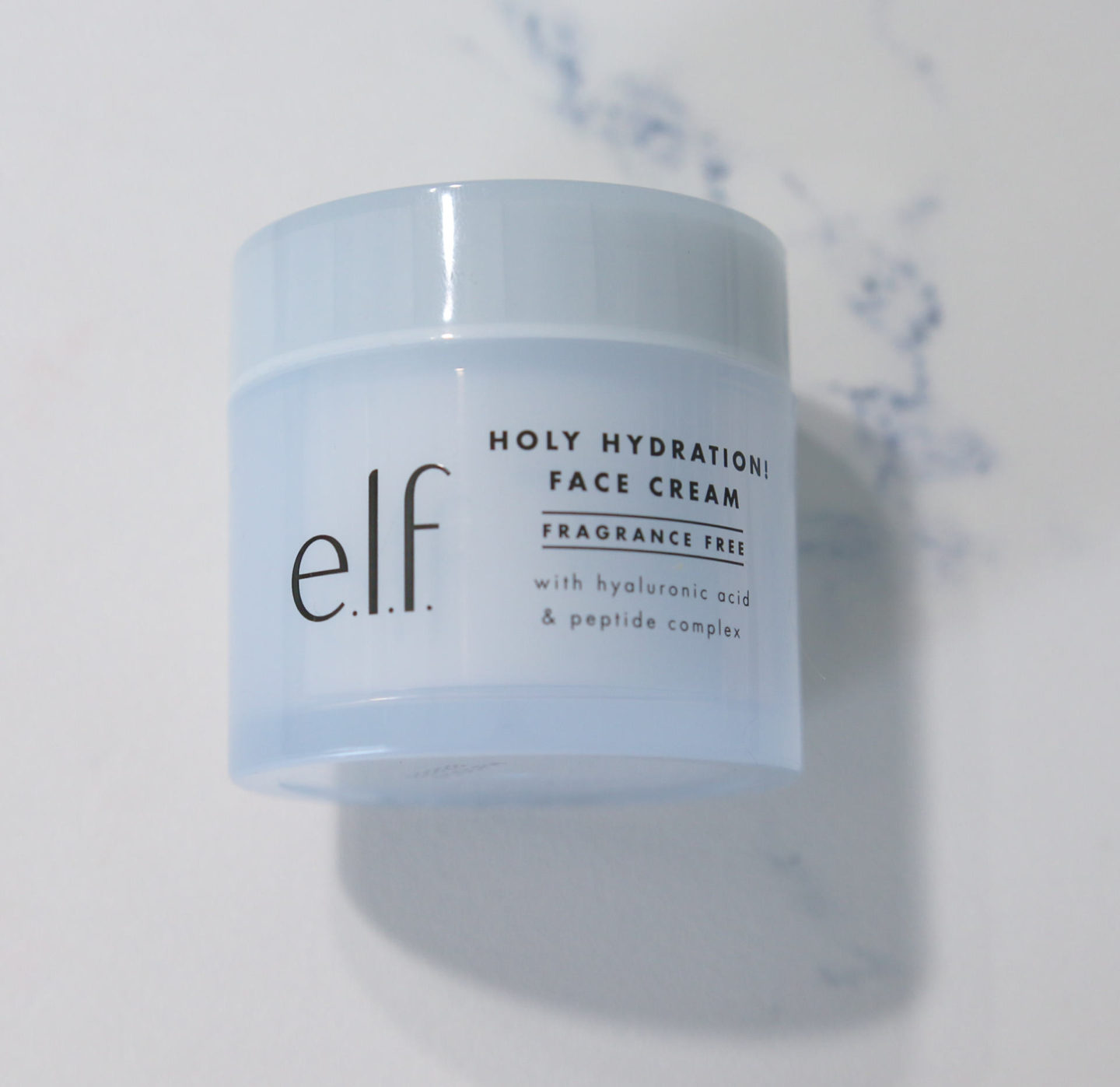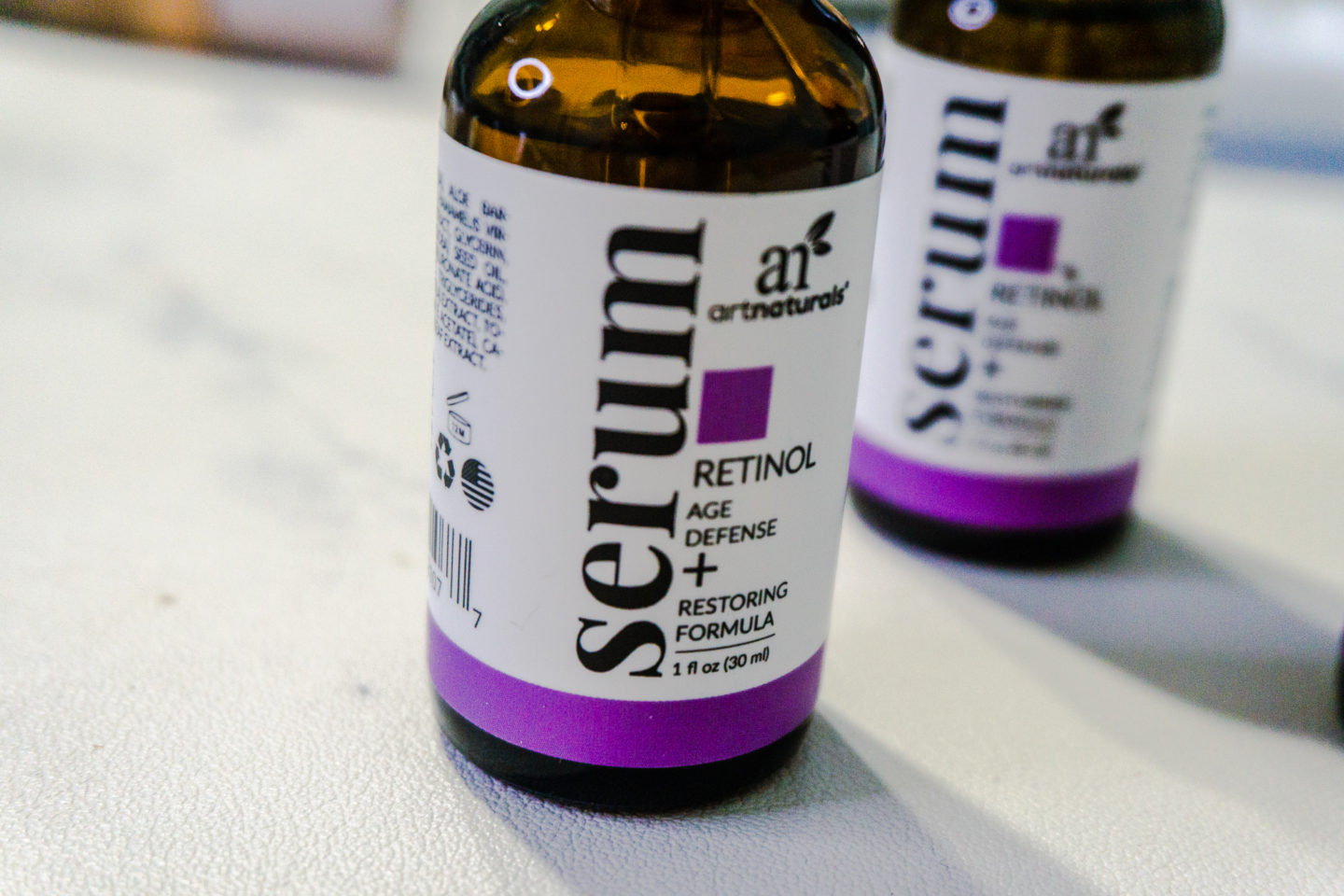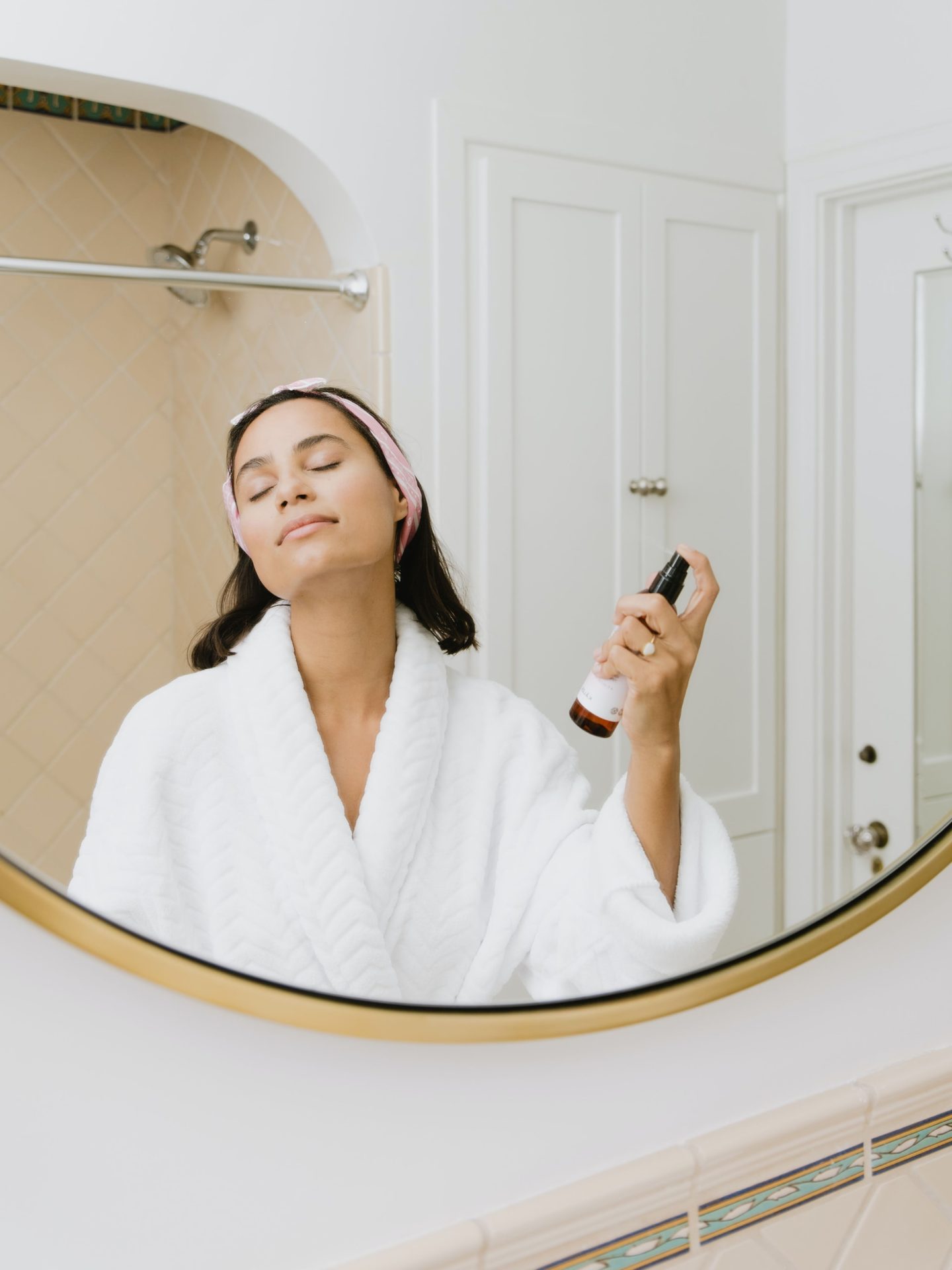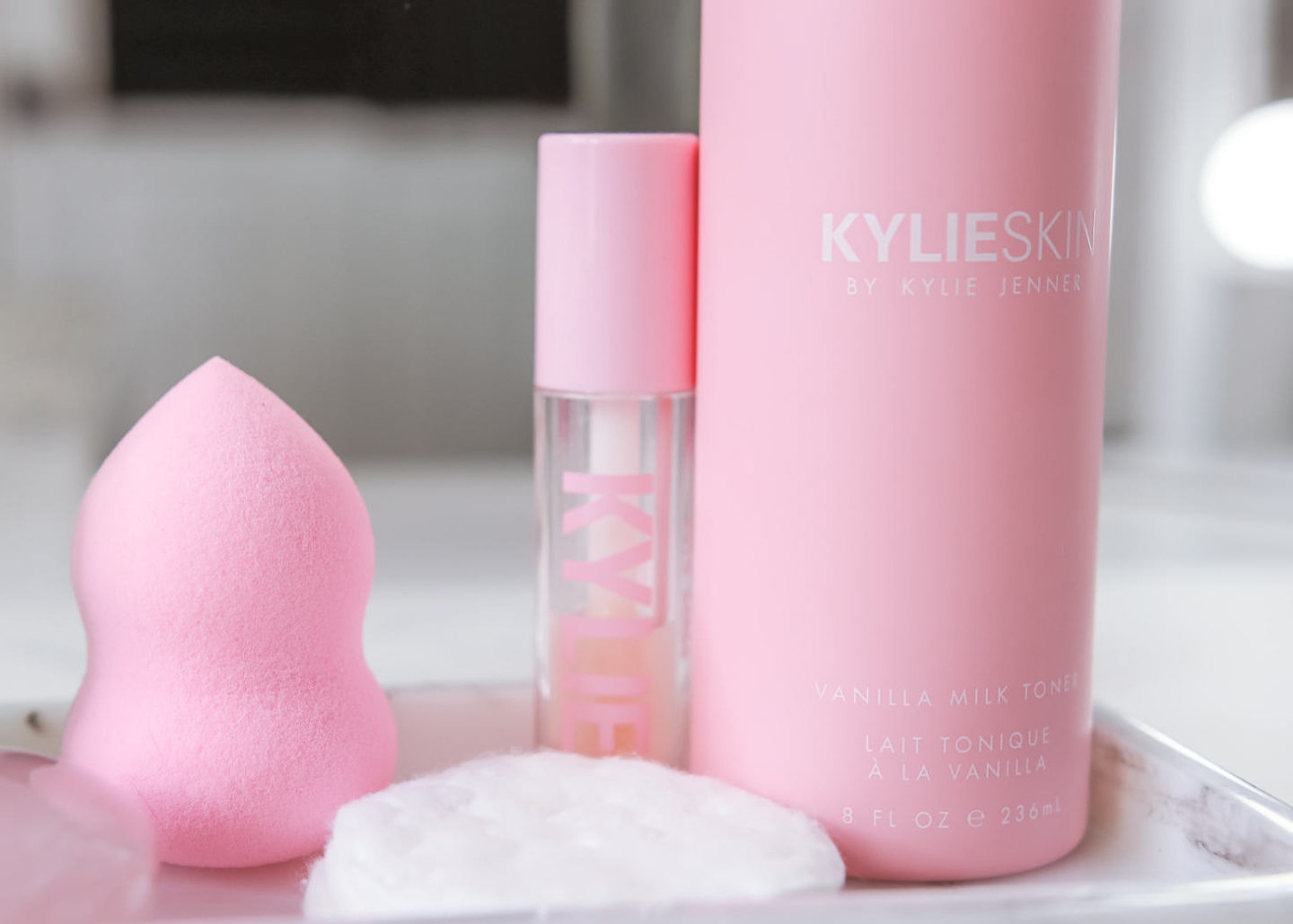
Flawless World is not affiliated with any of the brands mentioned below unless stated otherwise. All products and purchases were picked and made independently, and all opinions belong to Flawless World.
Baby, it’s cold outside. And our skin is feeling it. Our skin changes with each new season, and a new one is nearly here—and it is one that is notoriously harsh on all skin types. During the winter the air is drier, the humidity is lower, and indoor heat zaps skin of all its moisture. And what is left in its place? Dry, flaky, and dull skin that’s more prone to flare-ups. It is not a good time.
I understand just as much as the next person that winter skin can be annoying AF to deal with, which is why I set out to find the best ways to make winter skin shine, and have included some of my own product picks as well.
Winter may be coming, but your skin doesn’t have to suffer any longer. Keep on reading to learn the 6 tips that will make your skin look amazing this winter.
6 tips for amazing winter skin:

1. Opt for a gentler cleanser.
Everyone’s skin has different needs, but it’s essential that you’re not using facial cleansers that strip away your natural oils and protective barriers. This is especially important during the winter months, when skin is more likely to be stripped of both of those things anyway. If you’re prone to dry skin, have sensitive skin, or find that your skin is getting irritated easily as the weather gets colder, try switching to a cream cleanser. Cream cleansers are gentler on skin, hydrating, and nourishing.

2. Moisture, moisture, moisture.
Gel-based, thinner moisturizers may be popular during the warm weather, but they may not be cutting it during the cold. If you’re using the same moisturizer and find that your skin is still dry, try switching to a richer, thicker formula. If you have combination or oily skin, try using a richer moisturizer in the P.M. as a night cream. Hydrating face masks and overnight face masks are also a skincare hero for those with dry skin; try adding them into your routine 2-3 times a week.
Look for moisturizers with ingredients such as hyaluronic acid, peptides, ceramides, and vitamin B3. These ingredients will help skin stay moisturized, protected against pollutants, and look dewy, supple, and youthful.
Another good way to moisturize is by using eye cream. Not only does it help fill in fine lines and diminish early signs of aging, but it also keeps the undereye area looking plump and youthful. Our skin looks aged and thinner when it’s dehydrated, and the skin underneath our eyes is so thin it’s almost translucent—which means that keeping it hydrated should definitely be a priority. This winter, make sure you’re using an eye cream at least once a day daily. Look for formulas with ingredients such as hyaluronic acid, collagen, peptides, vitamin C, and retinol.
You also want to avoid those long, scalding-hot showers on a cold winter day. They may feel so good and are so relaxing, but they’re going to dry out your skin even more. Try to keep your showers shorter and slightly cooler, wash your face or hands in either lukewarm or cold water, and moisturize your body and face while your skin is still damp.

3. Make serums your new BFF.
Serum, serum, and more serum! Serums in the wintertime are going to be your new BFF, and they’re great for all skin types. Serums have a thinner consistency than moisturizers, and are jam-packed with skin-loving ingredients that really pack a punch. They’re intended to seal in hydration and keep skin protected from toxins, pollutants, and moisture loss.
If you have dry skin or normal skin that’s prone to dryness, look for a serum containing hyaluronic acid (HA), and apply it before your moisturizer; just make sure that it’s settled into your skin first! If you have oily or combination skin, try using a serum that has HA alone instead of a moisturizer during the day. If you have normal skin, you can choose to use serum alone or before your moisturizer.

4. Drink plenty of water.
This is a classic example of the importance of beauty from the inside not. Keeping your body hydrated on the inside will help keep it moisturized and hydrated on the outside. It also has major natural anti-aging benefits, too: when you consume enough h2O and skin is moisturized, it’ll help diminish the look of any fine lines and wrinkles; your skin will look more supple and glow naturally. I drink at least a gallon of water everyday, and notice the difference in my skin when I drink less.

5. Use the right toner.
Back in the day, toners got a bad rep due to the fact that many of them contained ingredients like alcohol that stripped skin and left it dry and flaky. However, a toner with the right ingredients can work wonders for winter skin. Toners are designed to minimize the appearance of pores, remove excess impurities from the skin such as dirt and oil, soothe and smooth skin, and help skin retain moisture.
Although hydrating toners are suitable for all skin types, they’re especially beneficial to dry skin sufferers. If have dry skin or normal skin that is prone to dryness and flaking (especially in the cold), try using a toner with hydrating ingredients after cleansing. If you suffer from combination or oily skin, try using an exfoliating toner—like a salicylic acid toner or glycolic toner—after cleansing to get rid of any dead skin cells on top of your skin and ultimately make skin shine.

6. Exfoliate.
Through the process of exfoliation, dead skin cells are removed, which then allows moisture to penetrate the skin. Although it’s a crucial part of any skincare routine, it can be especially intimidating for those with dry or sensitive skin. The main problem, however, that many people make with exfoliating is over-exfoliating. Dermatologists recommend exfoliating no more than three times a week, and the key is to find your sweet spot by listening to your skin.
In harsh winter conditions, try using a chemical exfoliator up to two or three times a week if you have normal, combination, or oily skin. Chemical exfoliators are gentler on skin since they use acids and enzymes to remove dead skin cells without any scrubbing. If you have dry or sensitive skin start slow: look for exfoliators with hydrating ingredients (sugar is the most gentle exfoliant), and exfoliate no more than once a week in the beginning to see how skin responds. If your skin responds well, slowly work your way up to twice a week; if your skin gets irritated, dial it back to once every other week or every two weeks.
No matter what your skin type is, just remember not to overdo it; sometimes less is more, and make sure you’re still wearing sunscreen.



Great tips. Winter is brutal. I need to try exfoliating but I honestly have no idea where to start.